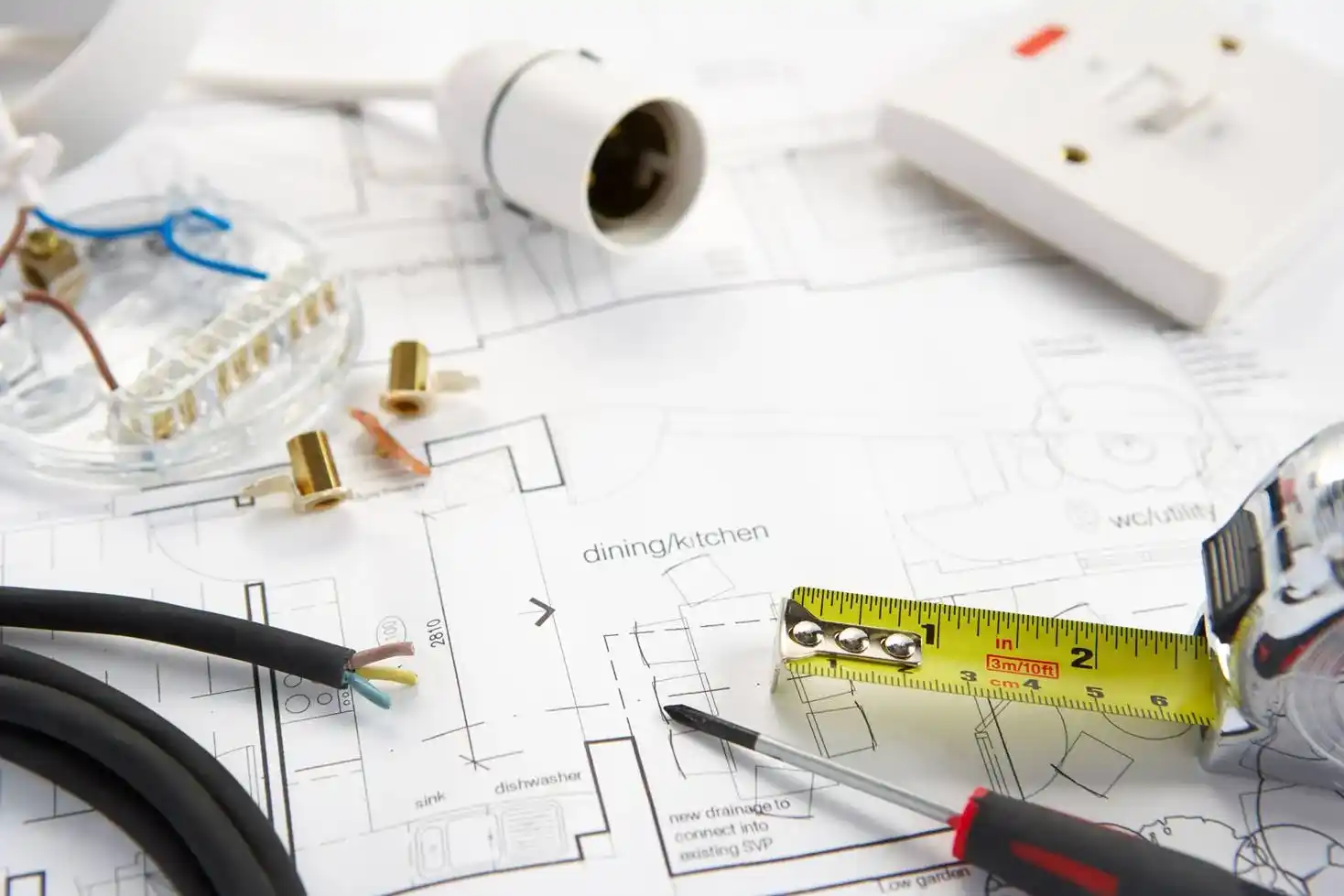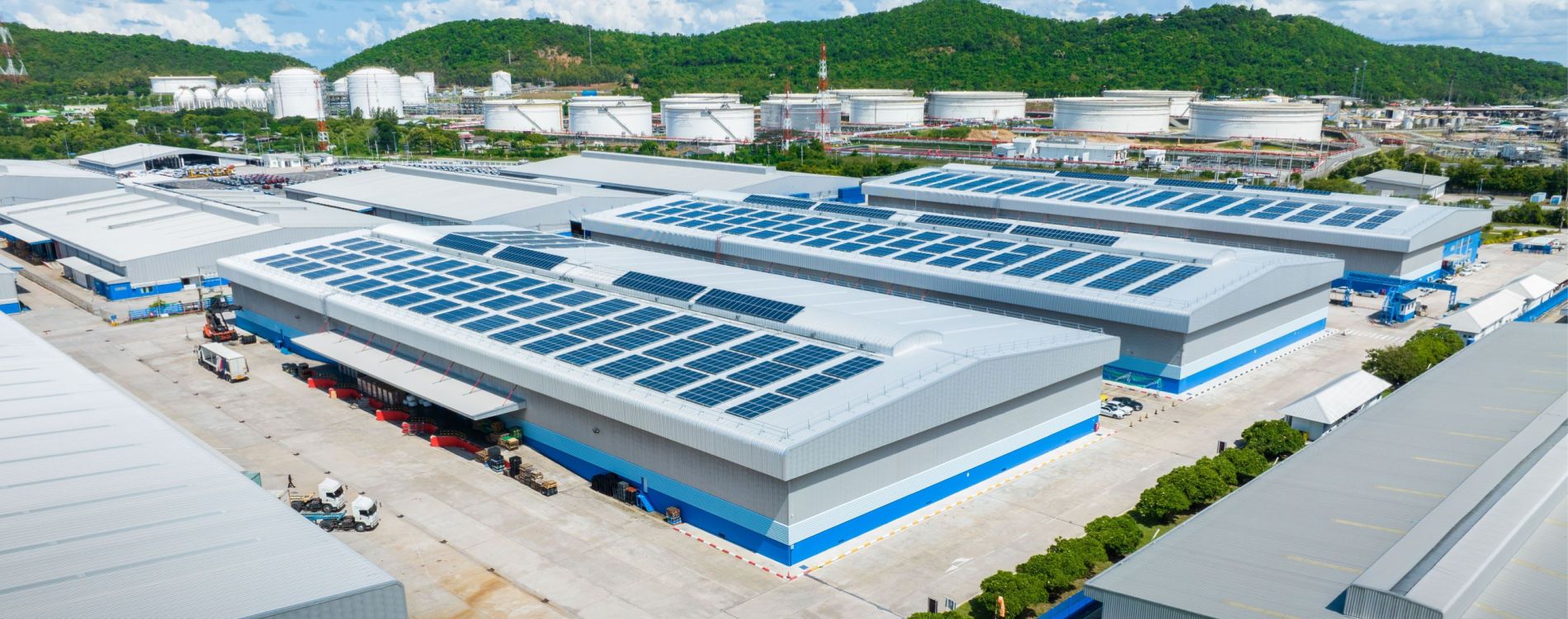Many buildings in New York City still have very inefficient lighting. In 2016, the Urban Green Council determined that 40% of multifamily buildings and 25% of office buildings above 50,000 ft2 are illuminated mostly by incandescent bulbs and first-generation fluorescent lamps. In addition to being inefficient themselves, these lighting systems are characterized by a high heat output, which burdens air conditioning equipment and causes an increase in space cooling expenses. Lighting loads represent the third-largest energy use in NYC buildings, accounting for 13% of overall consumption. In the case of office buildings, this value is increased to 18% because lighting use follows work hours.
LED lighting has a high potential to improve energy efficiency, achieving savings above 80% when it replaces incandescent bulbs and more than 50% when replacing older types of fluorescent lighting. Efficiency gains are lower when newer fluorescent lighting systems are upgraded to LED, but the replacement may still make sense financially for lamps and fixtures with long operating schedules.
Energy waste is further increased by the lack of lighting controls, which are only present in 10% of NYC buildings above 50,000 ft2. In addition, most existing controls are basic timers and occupancy sensors, which means there are sample opportunities to deploy more advanced lighting control strategies.
Upgrading Incandescent and Fluorescent Lighting
Although incandescent lighting has been largely phased out in office buildings, it is still very common in multi-family residential buildings, especially low-rise constructions. Given the large efficiency gap between incandescent and LED lighting, it is possible to achieve a payback period of less than a year, not to mention that the average LED bulb lasts 25 times longer than an incandescent bulb. Upgrading incandescent lighting is very simple in most cases, since there are equivalent LED bulbs with the same lamp bases for practically any application - replacing the fixtures is not necessary.
However, when replacing incandescent bulbs with LED lamps, there are three key differences to consider to achieve the best results:
- Incandescent lighting offers perfect color rendition, with a lighting quality comparable to that of sunlight. LED products are more variable in terms of color rendition, and some products offer high efficiency but not lighting quality. Therefore, checking the Color Rendering Index (CRI) of LED products before purchasing them is highly recommended. In general, LED products with a CRI above 90 offer excellent color rendition, while those with CRI values in the 80s offer reasonable performance. Below a CRI of 80, color distortions become evident, which can make indoor environments less appealing.
- All incandescent bulbs emit warm white light, while LEDs can be manufactured to provide any color from warm white to cool white, and even unconventional colors like purple or green. Warm white LED lamps should be used if the application requires the natural warm glow that characterizes incandescent lighting.
- Incandescent bulbs emit light in every direction, while LEDs have a predetermined beam shape. If the beam shape does not match the fixture, lighting quality will be poor. These mismatches can be prevented by reviewing the photometric curves of the proposed LED upgrade, and ensuring they are suitable for the task at hand.
Fluorescent lighting is the most widely used type in New York City. Compact fluorescent lights (CFL) and T12 tubes are the most common lamp types in multifamily residential buildings, while newer T8 and T5 tubes are common in office buildings. However, since office lighting is normally used for more hours than residential lighting, the energy-saving potential is still high.
- CFLs can be replaced with relative ease, since LED products are built with the same lamp bases. It is only important to ensure that the proposed upgrade is suitable for both the intended use and the fixture shape.
- Fixtures with T12 lamps can be upgraded with retrofit kits, where the fixture itself is conserved, and only internal circuits and lamp holders are upgraded to be suitable for LED lighting.
- In the case of T8 and T5 lamps, there are direct-replacement LED tubes that work with the same ballasts and do not require the fixture to be rewired. It is only important to check compatibility with the existing ballast and lampholders.
If the project budget allows it, even better results can be obtained by replacing fluorescent fixtures completely with integrated LED luminaires. Although complete fixtures are more expensive, the extra efficiency is typically above 10%.
Enhanced Performance with Lighting Control Systems
Lighting energy consumption can be reduced by either drawing less power or using lighting systems for less hours. LED upgrades reduce power consumption, while lighting controls ensure that the system never operates for more hours than necessary. Lighting controls also allow a further reduction in power consumption if dimmable LED products are deployed.
Assume an office building only uses T12 fluorescent lighting, representing an energy consumption of 100,000 kWh per month. A typical LED upgrade can reduce this to 50%, or 50,000 kWh. However, if lighting controls are also deployed and can reduce hours of use by 25%, energy consumption is further reduced to 37,500 kWh. In this example, lighting energy consumption has been reduced by 62.5%. Al consider that the 62,500 kWh of energy were previously being wasted as lighting heat, so they are subtracted from the space cooling load.
Daylight harvesting can be a very effective lighting control strategy in high-rise buildings, given the large number of windows they have. In simple terms, daylight harvesting combines light sensors and dimmable fixtures. When natural lighting enters indoor spaces through windows or skylights, the lighting system automatically reduces its output, so that the combination of natural and artificial lighting delivers the required illuminance level. With this configuration, lighting systems only operate at full output during nighttime or when all windows are closed.
Although LED lighting is more expensive than older lamps and fixtures, its service life is also superior, which means one LED product actually replaces many lamps during its service life. Consider the difference in service life between an incandescent bulb, which last 1,000 hours, and an LED bulb, typically rated for 25,000 hours. Although one LED bulb is more expensive than one incandescent bulbs, it has a lower cost than 25 of them.
The outlook is even better for buildings who are Con Edison customers, since there are cash rebates available for most LED product categories. Buildings in select neighborhoods and multi-family buildings classified as affordable housing are also eligible for free LED upgrades for some of their lamps.







